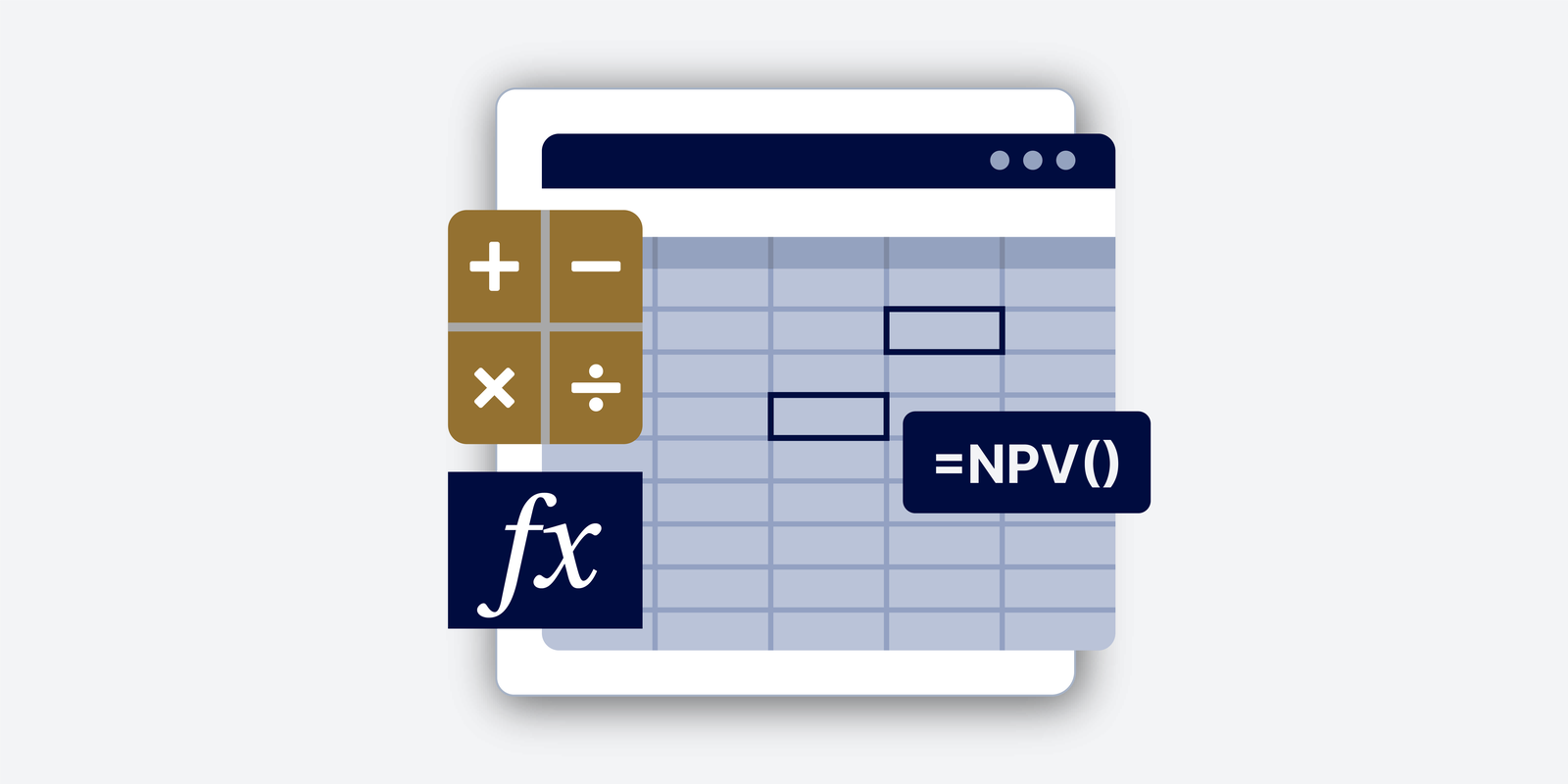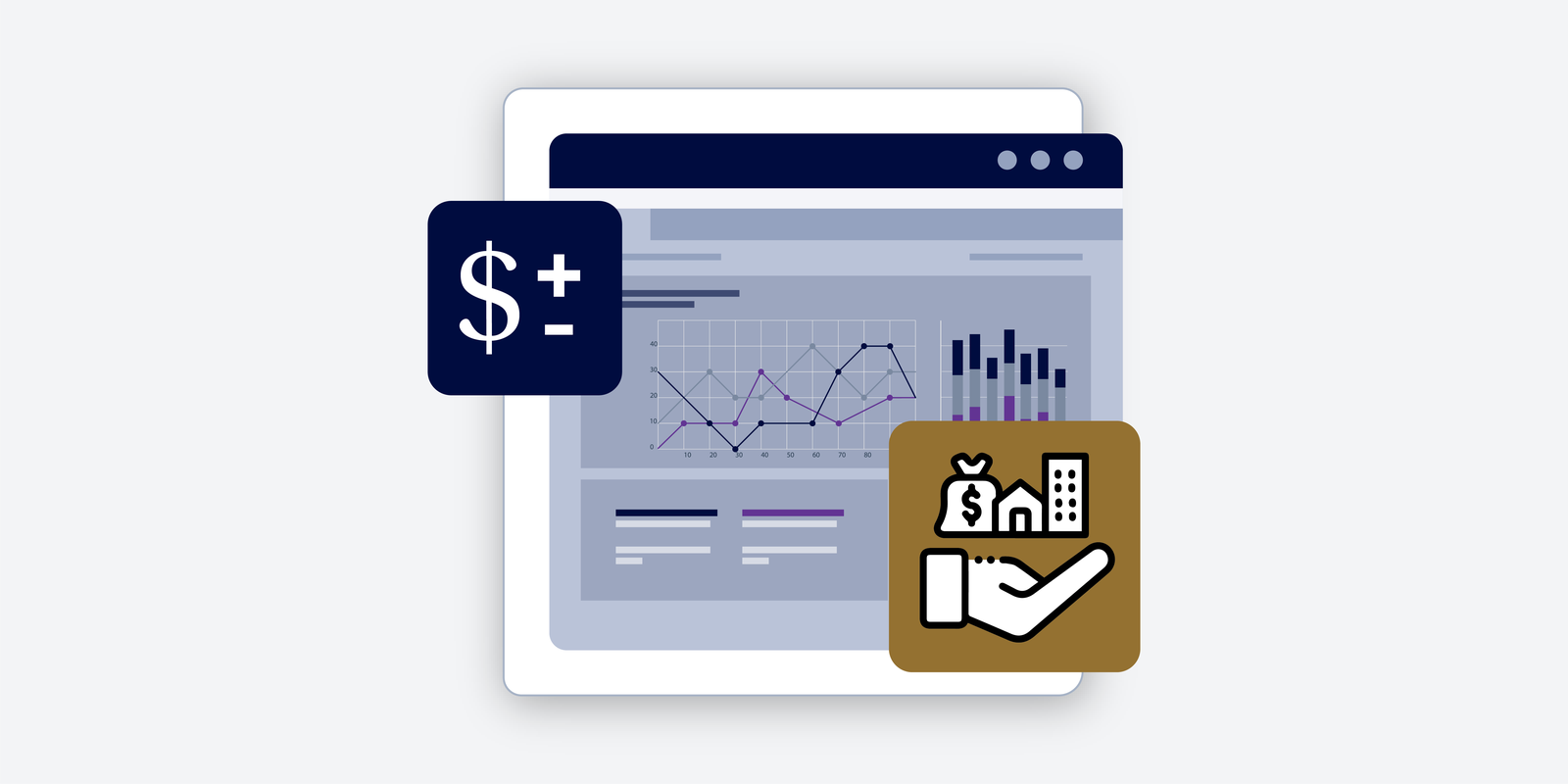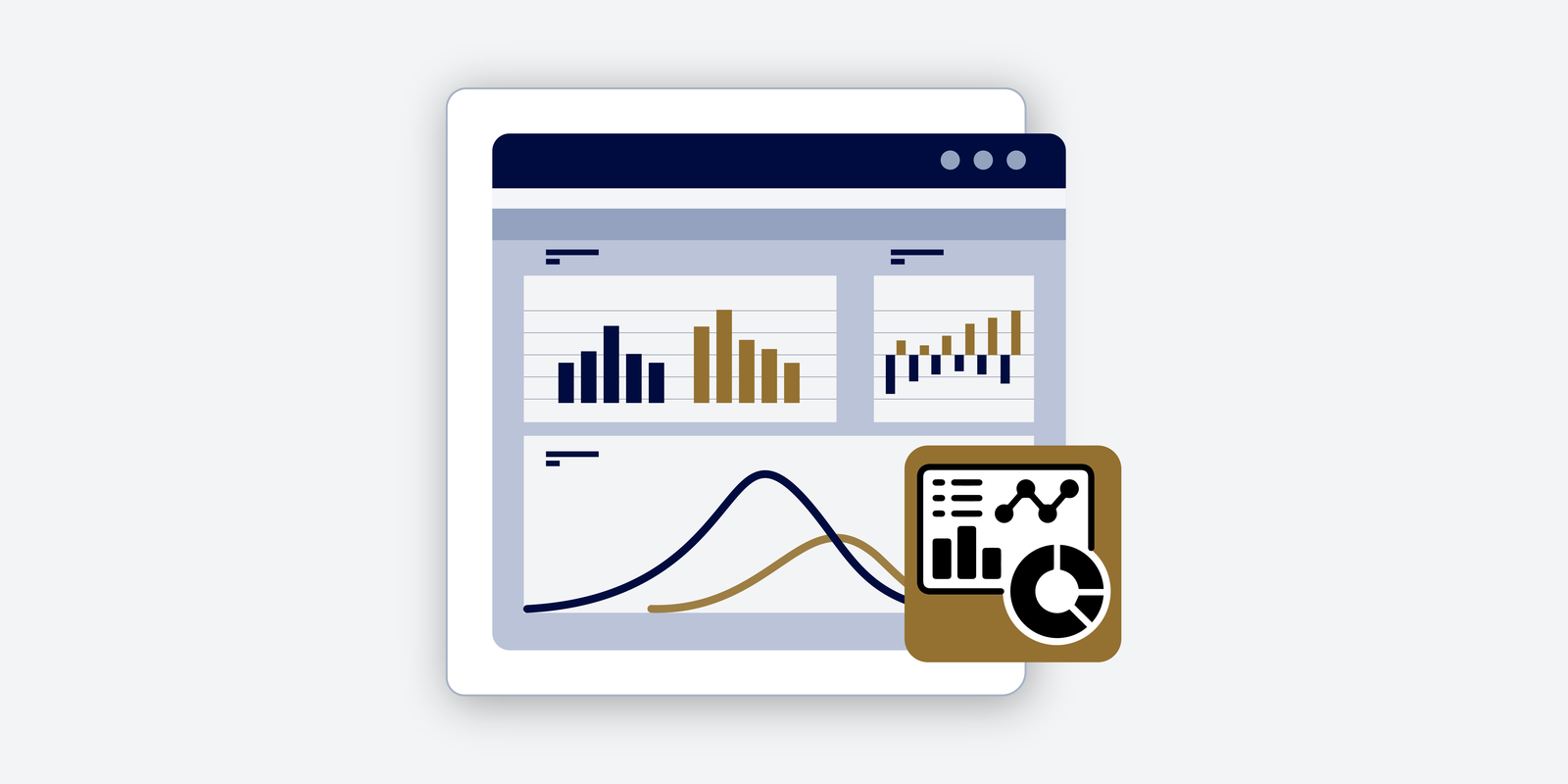Non-Assessable Stock
What is Non-Assessable Stock? Non-assessable stock is a class of stock ownership where the stock owner is limited in their liability to the amount paid for the stock. It means that in the instance of bankruptcy or a lawsuit, the shareholders cannot be found liable for any financial or legal troubles endured by the company…





